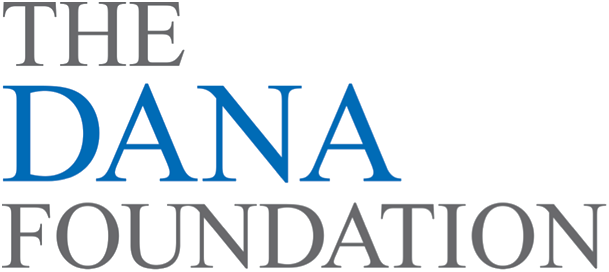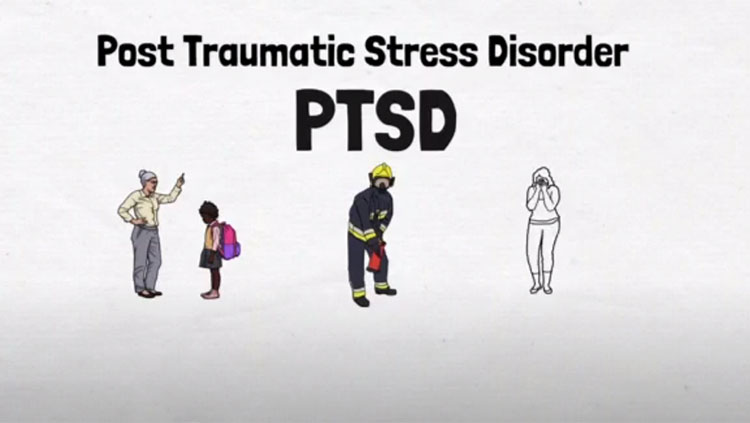The Search for the Signature of Depression
- Published29 Mar 2016
- Reviewed29 Mar 2016
- Source The Dana Foundation
Anyone who has suffered from depression can tell you that it is a costly disorder. The combination of lost work and productivity coupled with the high price of treatment and maintenance can add up. The economic burden of depression is even more significant when summed across the country: According to a recent study published in the Journal of Clinical Psychiatry, depression costs US society approximately $210 billion per year.
Those costs might be mitigated if doctors had the ability to predict who is at risk for the disorder and access to effective treatments that might prevent its onset. Recent neuroimaging studies from Columbia University, Harvard Medical School, and the Massachusetts Institute of Technology are offering insights that may help make those preventive interventions a reality in the future.
Depression, a heritable disorder
More than twenty years ago, Myrna Weissman, a psychiatric epidemiologist at Columbia University Medical Center, started a multi-generational study of families at high risk for depression. Her initial inspiration for the study was to understand the effects on depression on the children of young women.
“At the time, people thought of depression as a disorder of menopausal women. But I saw a lot of young women, and young women with children,” says Weissman, also a member of the Dana Alliance for Brain Initiatives. “I had four small children. And I wondered how anyone could take care of children while they were depressed because parenting requires so much energy, hopefulness, and positivity. What might the effect be on those children? But no one knew because no one had really done those studies.”
Three generations on, Weissman is still studying the same families—and has now added neuroimaging work to her investigations. Her work has been invaluable to understanding just how strong familial risk for the disorder is.
“Depression is a disorder that is often inherited but we don’t understand the biological mechanisms behind that,” she says. “As neuroimaging tools became available to us, we hoped to use them to find some kind of endophenotype, or biological marker, that we would see that could tell us who is at high risk for depression biologically—to both identify high risk patients and to guide later treatment.”
Her work with Jonathan Posner, a clinical psychiatrist at Columbia, found some distinct differences between the brains of those at high risk for depression due to a familial link and those at lower risk. Those results were published in Neuropsychopharmacology in December 2015.
“We found that, in the families at high risk for depression, there was increased connectivity within the default mode network (DMN), or increased activity when the participants are at rest,” says Posner.
The group also found a relationship between the DMN and the central executive network (CEN), a system of prefrontal and parietal areas that turns on when we are doing specific tasks. “The DMN and CEN are typically anti-correlated, when one is active the other is not,” he says. “But in those at high risk for depression, that inverse relationship is significantly reduced. So these are potentially risk markers indicative of who is at risk for becoming depressed.”
Distinctive patterns of connectivity
John Gabrieli, a professor of brain and cognitive sciences at MIT, is also trying to identify neuroimaging biomarkers for depression.
“What we were most interested in was learning if, when children are lying there doing nothing in the scanner, can we see differences between those who are at high risk for depression and those who are not at risk?” he says. “If we can find those differences, we might be able to help identify those who need help, or even design some kind of benign intervention that takes these children off this biological trajectory towards depression altogether.”
Gabrieli and colleagues scanned 27 children between the ages of 8 and 14 while they were at rest, and then compared their scans with those of 16 children with no family history of depression. The researchers focused on synchronization patterns among different brain regions, including the subgenual anterior cingulate cortex (sgACC) and the amygdala—both regions that are affected by depression. They found abnormal synchronization between the DMN and sgACC, as well as hyperactive connections between the DMN and amygdala. The results were published in Biological Psychiatry in January 2016.
“What was most encouraging was that when we compared how well these brain imaging markers could identify children at risk for depression compared to the typical questionnaires now used in the field, the brain imaging results were more accurate,” Gabrieli says. “So it’s possible that this kind of brain imaging will make us even more accurate at identifying children at true risk and understanding what it is about their brains that drives them towards depression. It could turn into a type of screening that helps identify children who are at most risk for developing the disorder—and maybe even help us develop interventions that can help prevent it from happening altogether.”
Biomarkers and the future
Posner says that he was excited to see Gabrieli’s results, partly because they line up so nicely with their own findings. He is also encouraged by the fact that the Gabrieli and his colleagues found these connectivity patterns in a small sample of children.
“Our sample was a very wide range of ages, from 11 years of age up until 60 years of age. Because of the wide range, it was unclear from our findings whether these patterns of activity would be a precursor for depression,” he says. “But their results suggest that it really is a precursor—and we can follow these kids closely to see if those with this abnormal default mode connectivity go on to develop depression.”
Daniel Iosifescu, a psychiatrist at the Icahn School of Medicine at Mount Sinai, is also optimistic about the findings, especially since the pattern is observable before these children develop any clinical signs of depression. But he cautions that it will take considerably more research before these kind of neuroimaging markers could be used in clinical practice, not to mention reducing the expense of fMRI imaging, before it might help mitigate the significant costs of depression society currently faces.
“We have some preliminary results, converging results, that are extremely important and promising,” he says. “But before we go too far with diagnostic tools and interventions, we need to make sure they hold up and are replicable. It’s like a very complex food recipe. You need to take the time to make sure each and every ingredient is of the highest quality before you throw them in the mix—because any one rotten ingredient could spoil the dish.”
- By Kayt Sukel
CONTENT PROVIDED BY
The Dana Foundation is a private philanthropic organization that supports brain research through grants and educates the public about the successes and potential of brain research.
Also In Mental Health
Trending
Popular articles on BrainFacts.org


















